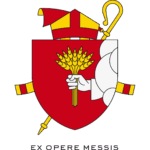
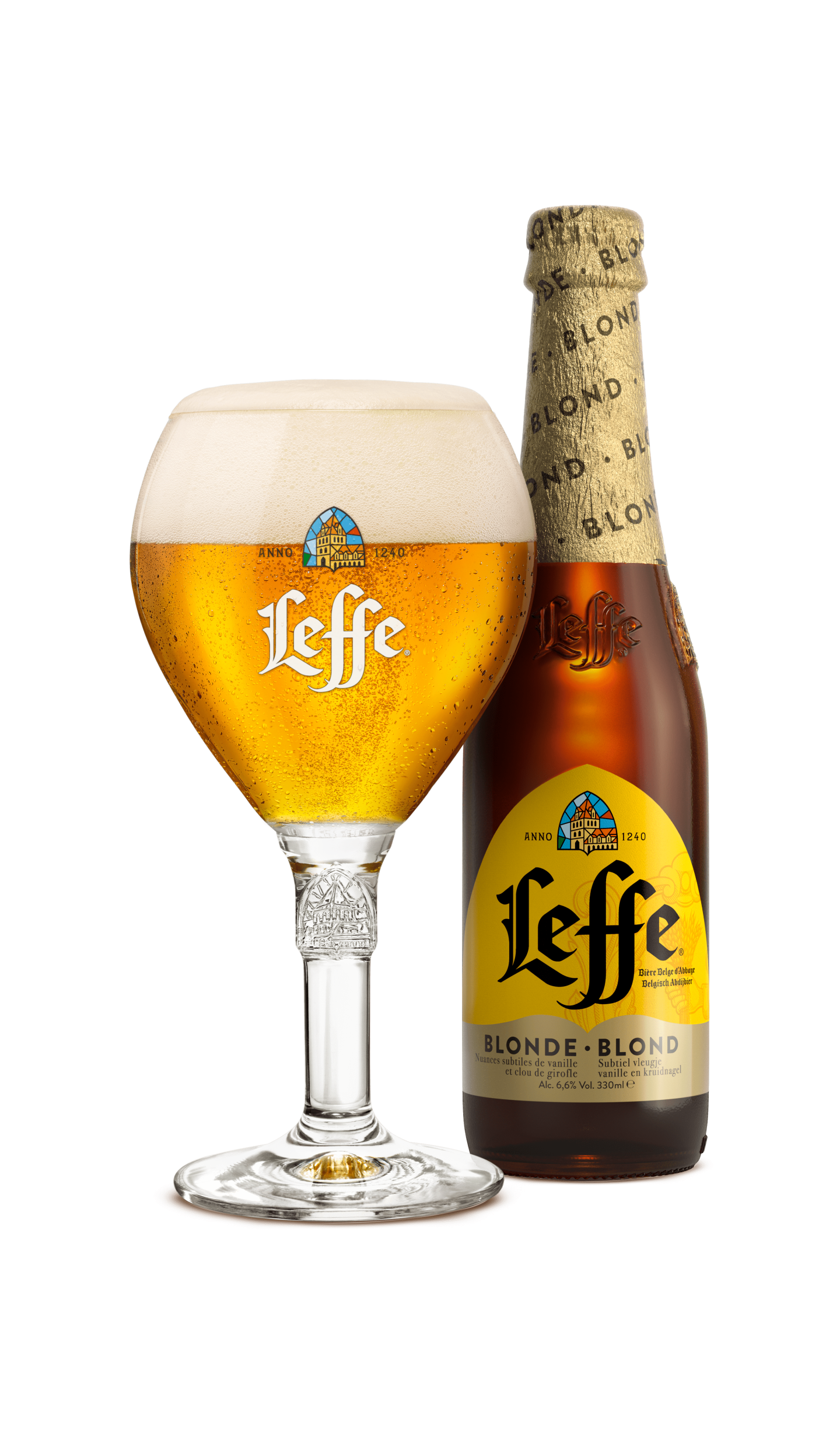
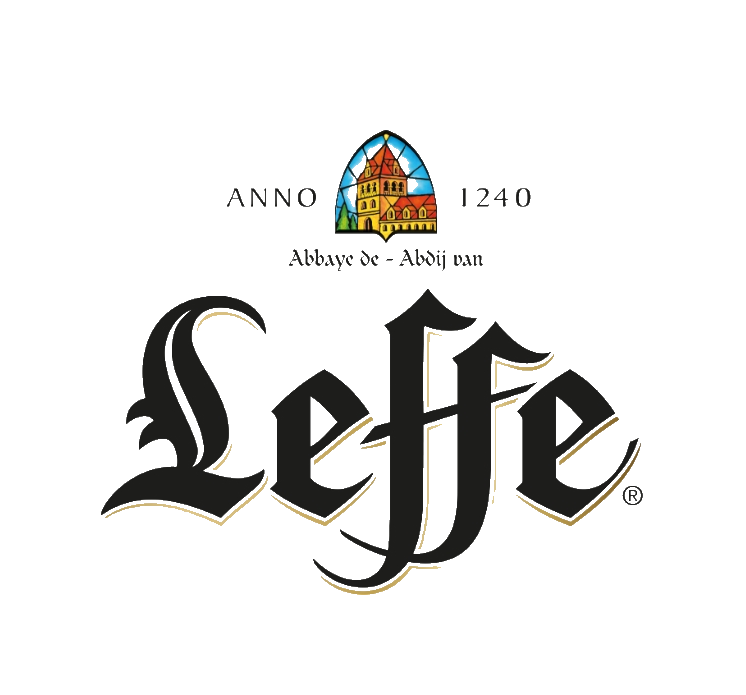
Une tradition brassicole dans l’abbaye de Leffe
En 1240 le clerc Gossuin, en présence des échevins de Dinant, vend à l’abbaye de Leffe divers biens et rentes à Leffe et à Saint-Médart, dont une brasserie. Cela a conduit à la naissance du bière d’abbaye de Leffe. Bien vite, on transporta le moulin et sa brasserie dans l’enceinte même de l’abbaye. Dès lors, un des pères de Leffe était chargé de l’administration et du bon fonctionnement de la brasserie.
Au moyen âge, l’utilité d’une brasserie dans un monastère était avant tout d’ordre sanitaire. Dans l’impossibilité de vérifier si l’eau de source était propre à la consommation, la communauté trouvait dans la fabrication de la bière un moyen pratique de résoudre ce doute.
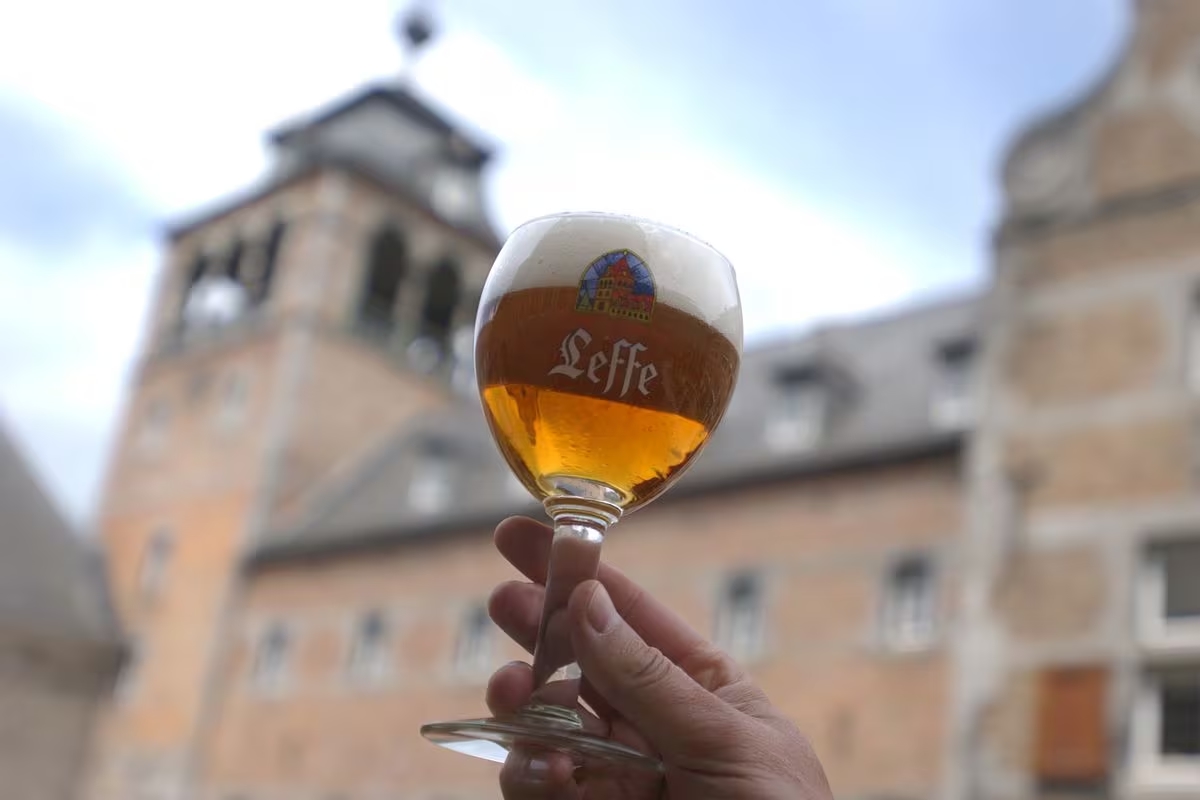
Désastre pour l’abbaye et pour la brasserie : le sac de Dinant d’août 1466. Cette passage de Charles le Téméraire avait détruit les archives, l’abbaye se voyait privée de ses titres de propriétés. Toute une longue série de procès s’ensuivit et pour en payer les frais, l’abbaye dut vendre ou louer une partie de son domaine. Ce fut le cas de la brasserie, qui passa entre les mains d’un profane. Celui-ci devenait en quelque sorte le gérant de la brasserie. Il restait néanmoins toujours sous contrôle du père-abbé ou de son représentant. Pourtant, la réputation de la bière de Leffe grandissait.
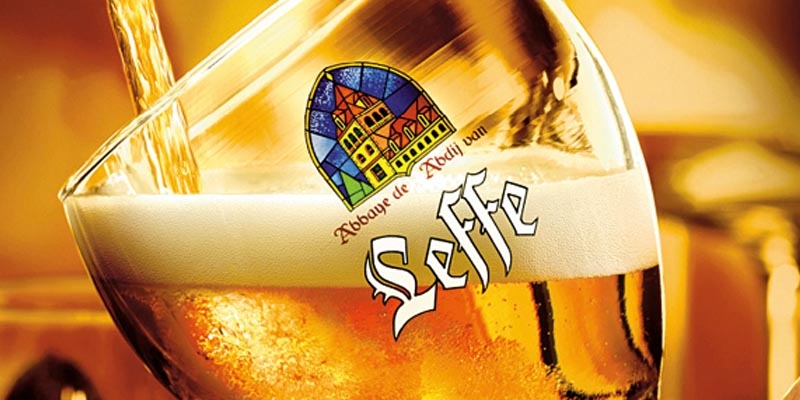
Dans les premiers décennies du 18e siècle, l’abbaye de Leffe connut un renouveau et une longue période de prospérité. Soucieux de développer la brasserie, elle est agrandie et rénovée. En 1735, l’abbaye dut offrir l’hospitalité forcée à un régiment de Hussards. Ces visiteurs turbulents et peu soucieux du caractère religieux de l’établissement, firent de grands dégâts à la brasserie. Aux dernières heures de la ‘veille’ abbaye, on n’hésite pas à faire des dépenses importantes pour la brasserie. La brasserie était en pleine expansion lorsqu’advint un nouveau danger qui allait détruire 640 ans de tradition : l’arrivée des troupes républicaines françaises et la suppression des abbayes de nos régions.
A partir de 1796, l’abbaye est officiellement supprimée par la loi et déclarée bien national. Elle est vendue par lots successifs. Par acte notarié du 10 septembre 1802, les religieux de Leffe, dans l’impossibilité de rétablir leur abbaye, se partagent les biens qu’ils ont rachetés avec les bons nationaux. La houblonnière et la brasserie sont attribuées à Joseph Georges et Alexandre Fissiaux, ex-religieux de Leffe. Dès lors, l’abbaye va être partagée en plusieurs propriétaires au gré des ventes et des héritages. L’activité de la brasserie continua au ralenti jusqu’en 1809 puis fut abandonnée.
La renaissance de la bière de l’abbaye de Leffe
Après presqu’une siècle, la vie religieuse se reprend à Leffe : en 1903 des Prémontrés de l’abbaye de Frigolet (dans le sud de la France) y trouvent refuge dans une abbaye partiellement détruite.
Deux guères mondiales, un temps difficile d’entre-deux-guerres avec l’accueil des frères de Tongerlo après une incendie là, la manque d’une activité économique de fond,… en 1952 le père-abbé Cyrille Nys prend les choses en mains : l’abbé rencontre Albert Lootvoet, brasseur à Overijse, et lui fait part des difficultés financières de l’abbaye. A ce propos, une idée est née : la proposition de faire revivre la tradition brassicole de l’abbaye de Leffe en respectant les procédés d’autrefois. Ainsi, très vite une Leffe Brune est à nouveau brassée et rencontre immédiatement un vif succès.
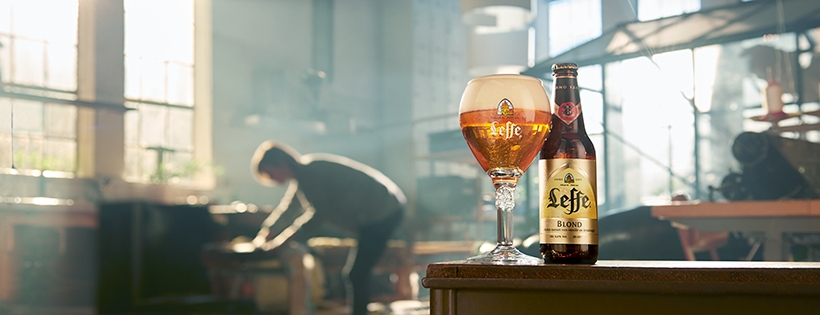
La bière actuelle de l’abbaye de Leffe
Notre nom ‘Abbaye de Leffe’ se retrouve souvent, en bonne compagnie, sur la table d’amis qui dégustent une bière de ce nom. Grace à une riche, courageuse et fructueuse collaboration avec AB InBev, qui produit cette bière de Leffe, bien connue aujourd’hui et existant d’un riche gamme de 12 bières.
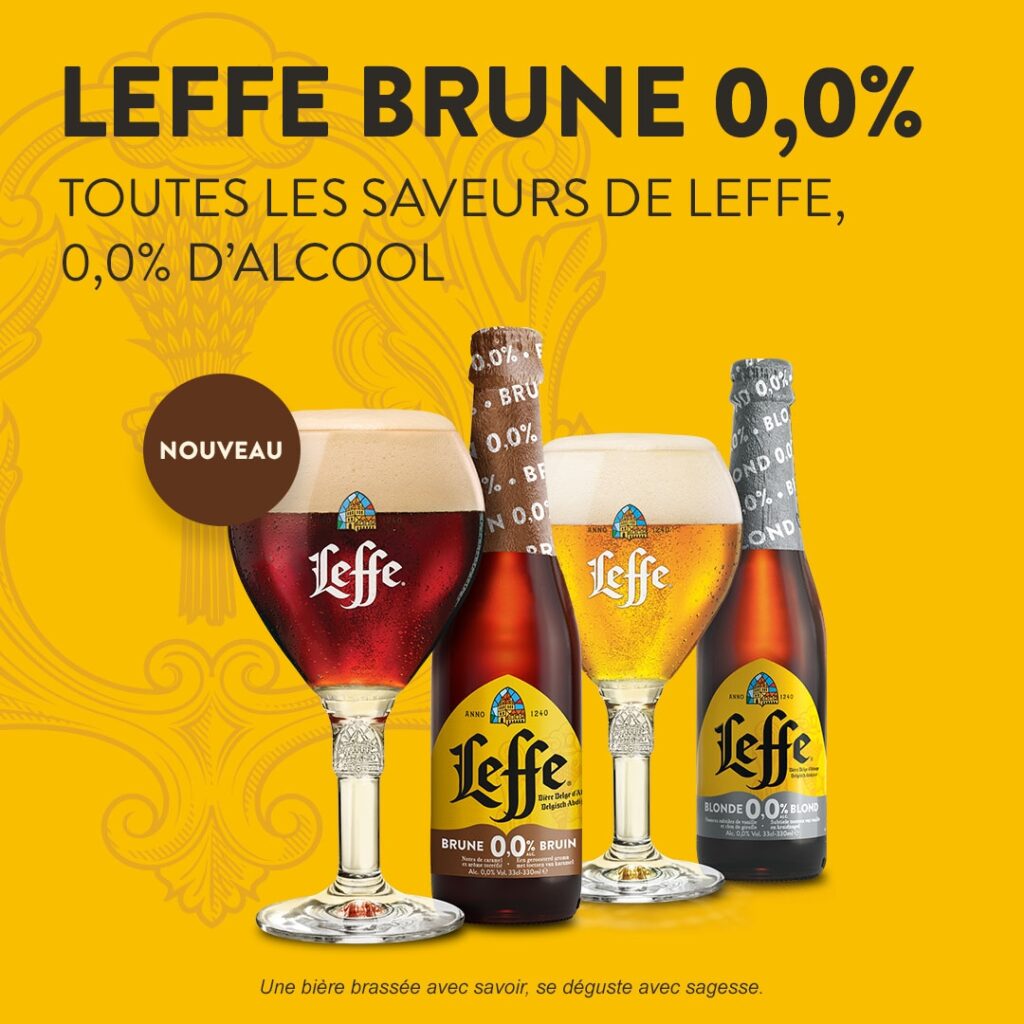
Les plus connues sont évidemment la Leffe Brune et la Leffe Blonde. Mais il existe également une Leffe Triple, et de la Leffe basé sur les différents saisons. Il y a même deux variétés de Leffe sans alcool : la Blonde et la Brune. Ces évolutions font que la bière de l’Abbaye de Leffe est un produit de tradition qui n’est pas aveugle pour les changements dans la demande et le goût des consommateurs et amateurs de la bière. L’abbaye, par l’intermédiaire de la brasserie, reçoit des royalties sur la vente de la bière. Ces redevances servent d’une part à assurer la vie de la communauté et l’entretien de l’abbaye, et d’autre part à soutenir les personnes dans le besoin, tant dans la région de l’abbaye que dans le reste du monde.

Our coordinates
Place de l’Abbaye 1
5500 Dinant (Belgique)
Tél. +32 (0)82 22 23 77
Contact us by email
Daily schedule
Throughout the week
7 am Matins and Lauds
(Mondays and Saturdays 7.30 am)
11 am Eucharist
6 pm Adoration
6.30 pm Vespers
8.30 pm Compline (not on Mondays)
Sundays and holidays
7.30 am Matins and Lauds
10.30 am Eucharist
6 pm Adoration
6.30 pm Vespers
8.30 pm Compline

